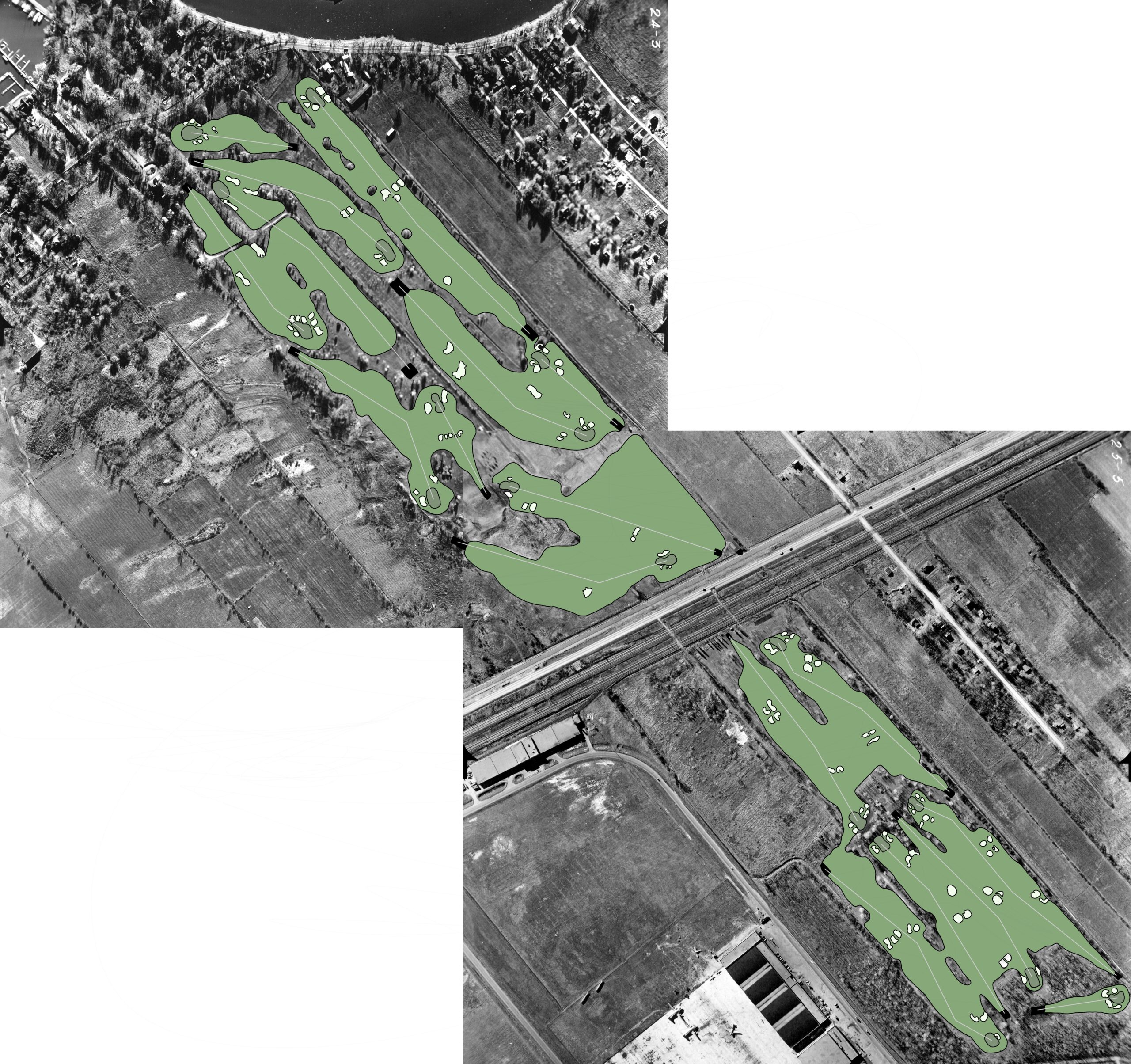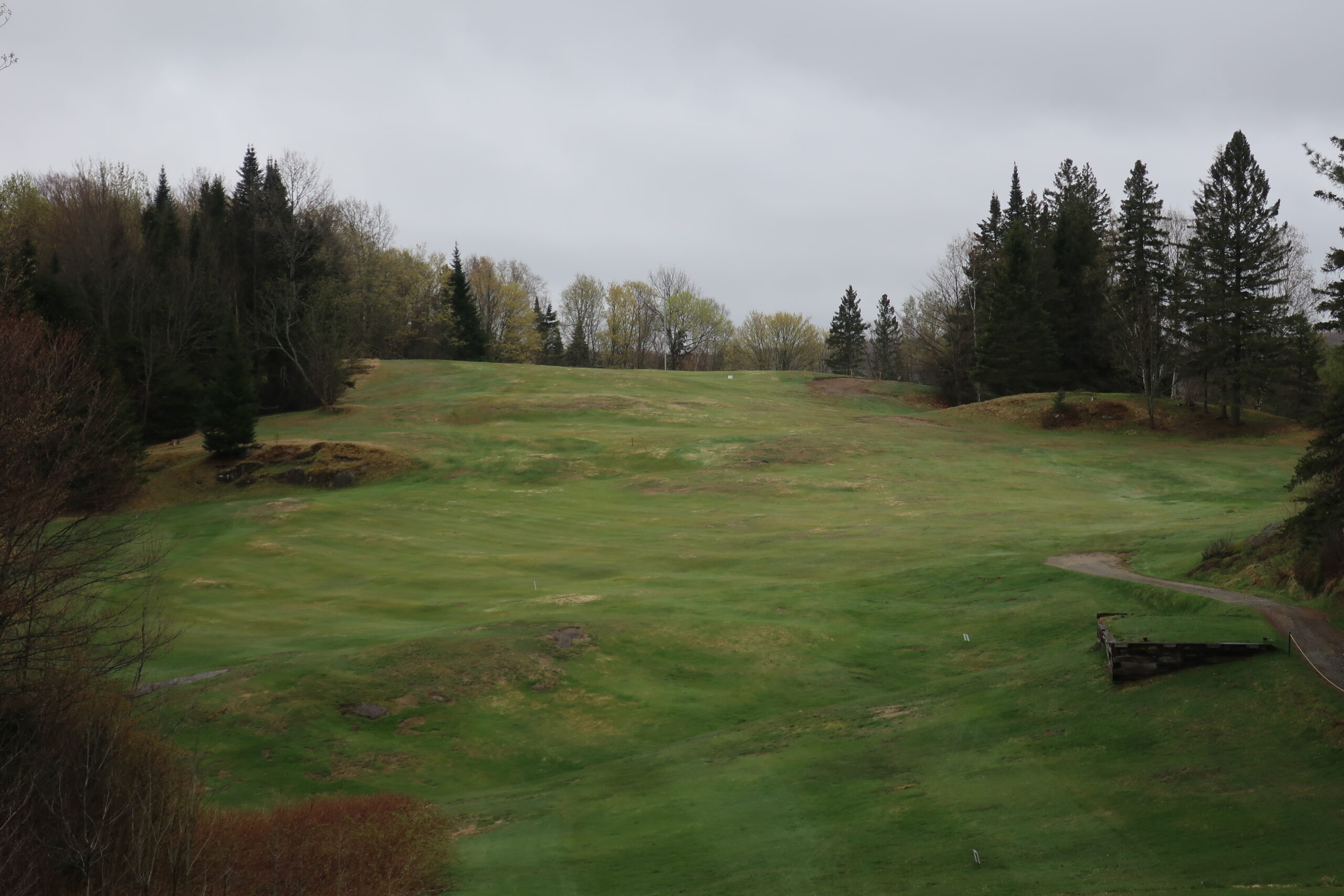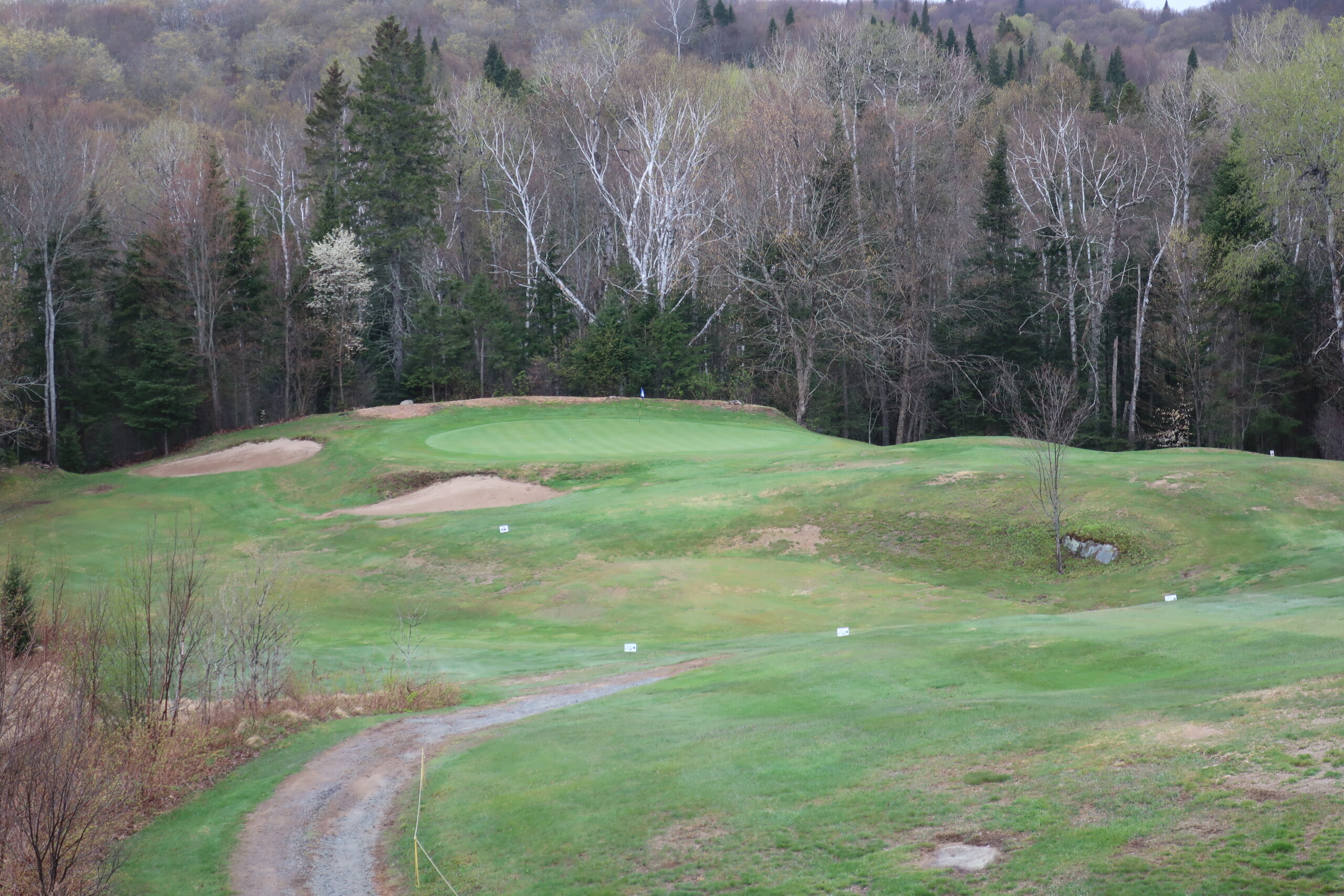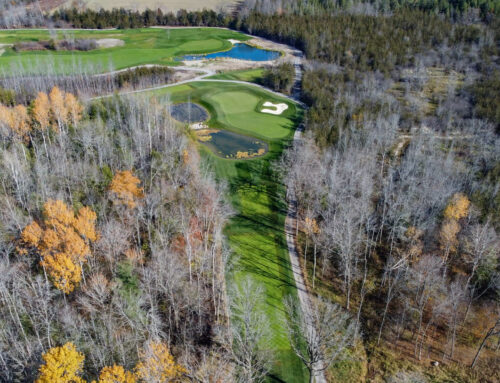I remember writing a piece about Anglo-American Club, a long-lost Tillinghast course in the Laurentian’s north of Montreal, for Toronto Golf Nuts. The article’s title indicated the mystery surrounding the golf course: ‘The Curious Case of Quebec’s Missing A.W. Tillinghast Golf Course.’ Upon writing, it was incredibly unusual, especially considering historians way smarter than me had gone looking for it, both in libraries, and in-person, hoping to find any sort of proof this Tillinghast course existed. Tillinghast mega-historian Phil Young and Quebec-based historian Alain Chapnut were extremely invested in where Anglo-American could be, and how it went missing. Generally speaking, golf history is a big can of worms, but if you continue to dig, you find what you want. Not in this case, though. and perhaps the strangest part? Tillinghast himself seemed to be proud of the efforts, putting it up against San Francisco Golf Club, Quaker Ridge, and Winged Foot in the final instalment of Recollections of a Golf Course Architect. This made is all the more frustrating: it existed, but nobody could locate it. How is that so?

In the first COVID-19 winter, I went hard on my golf historian era. To this day, if I need something that has any sort of historical data, I scroll through my iPhone camera roll—of 22,000 photos—and my desktop folder labelled “golf history.” Chances are, I found something related to golf in Canada that could be useful, but without much organization, it is a mess to find things. Nonetheless, diving into golf in Canada and our history led to many exciting developments, including realizing that Tillinghast built more in Canada than just Scarboro. Ironically, of the three Tillinghast worked on, Scarboro is the only one that is not an original Tillie; instead, it is a heavy rework of George Cumming’s golf course. Anglo-American and Elm Ridge in Montreal, however, were original builds, but no longer exist. There is another golf course near Kingston that might be a Tillinghast, although I have not dug into that yet.

A.W. Tillinghast’s Elm Ridge in Montreal, circa 1940. The routing starts top middle with the dogleg right par 4, 4th, before returning to the clubhouse top, middle at the par 3, 5th. The par 3, 13th at the bottom right is the farthest point from the clubhouse.
Elm Ridge is still a Montreal area golf course, situated on Ile Bizard, though the original golf course was situated near the shores of the St. Lawrence River in Dorval, Quebec. The club is now home to two eighteen hole golf courses from Willie Gordon, a protégé of William Flynn (of Shinnecock Hills, Cherry Hills, and Merion fame). In fact, Gordon, alongside Dick Wilson and Robert “Red” Lawrence, all worked on Shinnecock Hills in the early 1930s. Wilson went on to build all 54 holes of Royal Montreal’s new facility—ironically also moving from Dorval to now-Ile Bizard—while Lawrence moved to Arizona. In the end, every golf course in Dorval moved, including Willie Park Jr.’s Summerlea, Royal Montreal’s 36 hole facility, and Tillinghast’s Elm Ridge. A shame to lose such great golf on the L’Ile de Montreal.
Unlike Elm Ridge, which we obviously know exists with aerials and photographs available, Anglo-American is a much more mysterious project. Said to be in Lac-de-l’Achigan, Quebec, about an hour northwest of Montreal and two hours from Ottawa, writing suggest either 18 or 27 holes on the shore of the lake, although no official confirmation of how many holes only adds to the confusion. Tillinghast himself wrote “attractive holes may also be built without undue expanse on what appears to be layman as wasteland”, clearly discussing the rocky land with heavy-soils Quebec provided. Not exactly a large endorsement of the prospect of a great golf course, but as we know, Tillie seemed to be proud of his efforts following the completion of construction. As I wrote in the TGN article, but perhaps he only built nine holes and the name changed? The area is a popular nine-hole area, with Willie Park Jr. even venturing north of the Island to build at Sainte-Agathe. Alas, not the case, and the search continued.
- Sainte-Agathe’s crazy par 4, 2nd. Photo credit: Golf Club Atlas
- The Willie Park redan at Sainte-Agathe. Photo credit: Golf Club Atlas
Even with writings talking about the location, no direct site had ever been found. That is, until golf historian Alain Chapnut found Anglo-American, or parts of it, in 2022. The below aerial shows Tillinghast’s two holes built, but only two, with evidence of clearing for more. In fact, a keen eye can see multiple corridors cleared, including Tillinghast’s “boomerang” style hole.
Attractive holes may also be built without undue expanse on what appears to be layman as wasteland
A.W. Tillinghast on Anglo-American Club

It is unfortunate Anglo-American never ended up finishing construction, or whatever happened here. Truth be told, between Montreal and Ottawa is not exactly a budding golf destination, though there are some solid choices. A Beyond The Contour favourite is Château Montebello, a Thompson closer to Ottawa than Montreal. Closer to Montreal is Lachute, another Thompson, and the aforementioned Sainte-Agathe, though that would never appear on any sort of list or as a recommended course to travel to. Even Tremblant is a better destination than it is a golf trip, though Le Diable and Le Maitre ended up just missing Beyond The Contour‘s Top 100.
Without much more information on Anglo-American, it is left up to our imagination to see what could have been, or might have been built beyond what we can see in the aerial. What we do know, however, is Anglo-American is a real club to exist in the history of Canadian golf. Perhaps more information will come about? If something does come out of the archives, you will read it here on Beyond The Contour.

All cited information here is courtesy of Phil Young, Alain Chapnut, and The Tillinghast Society.






Leave A Comment